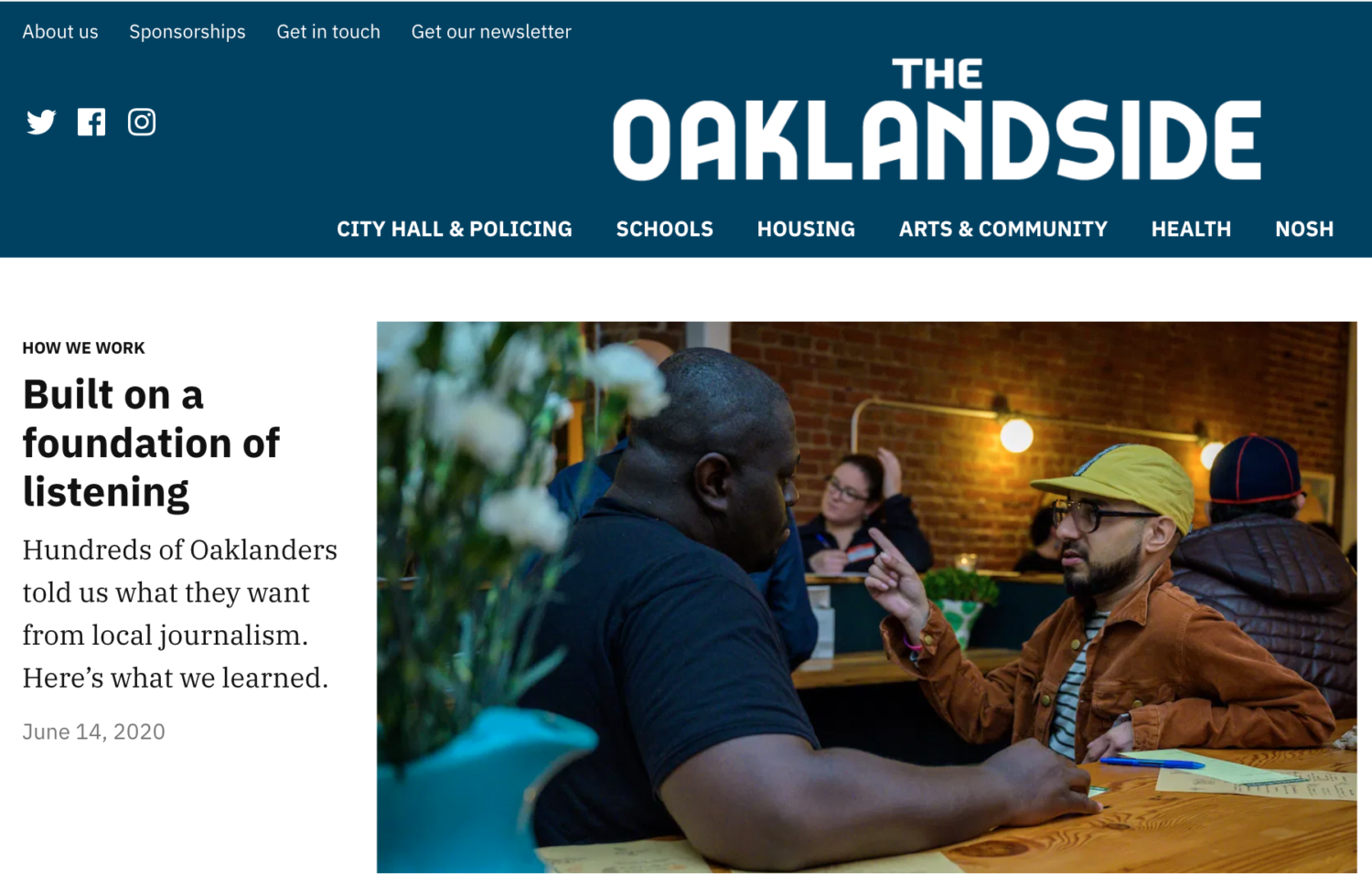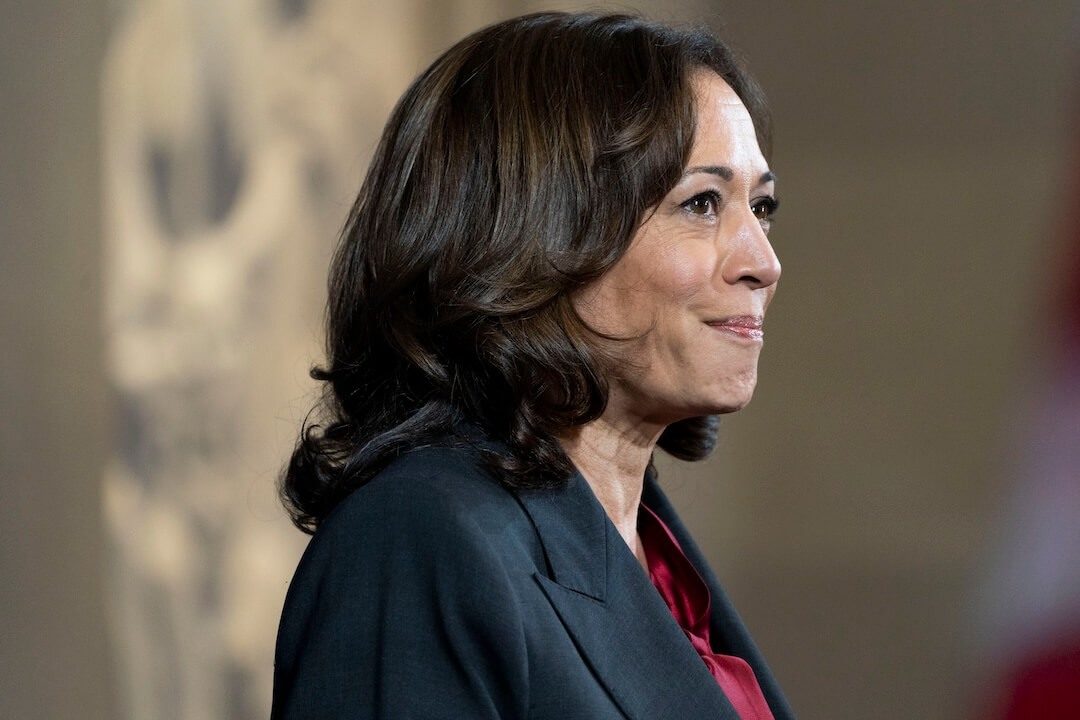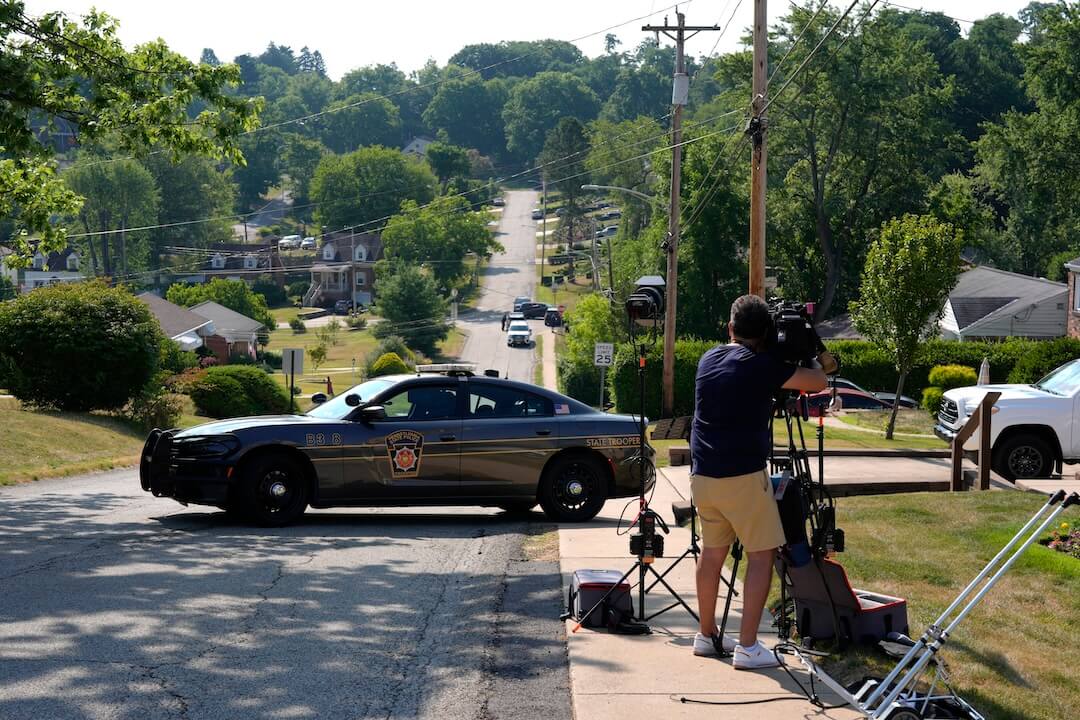Oakland’s newest newsroom wasn’t supposed to launch until today. And today, it does officially launch. But The Oaklandside, a nonprofit, online newsroom, really got started as the pandemic stopped nearly everything else.
“We’re journalists,” said Tasneem Raja, editor-in-chief, of her team’s thinking. “We need to get to work.”
And so the staff of seven got to work.
Azucena Rasilla, an arts and community reporter, called 40 pharmacies to see who was open and where people could get their prescriptions filled.
Natalie Orenstein, who covers housing and homelessness, is working on a FAQ on evictions.
Ashley McBride, who covers education (and is a former Poynter colleague), wrote about a nine-year campaign to remove police from Oakland schools.
And Jacob Simas, managing editor, reported on how curfews have been used throughout history to “to quash civil unrest, suppress social justice movements and curtail the movement of specific groups, especially people of color.”
They covered protests and schools and launched a newsletter.
It’s not breaking news, and it’s not meant to be, Raja said. Instead, The Oaklandside wants to offer information, context and history.
“We’re also looking to be the place where you’re going to hear perspectives and voices that you’re just not going to hear in other places,” she said.
The creation of The Oaklandside was announced at the end of last year. It was funded with $1.56 million from Google News Initiative. Cityside, a new nonprofit parent organization, was also created by the team behind Berkeleyside, an online local newsroom in Berkeley.
This isn’t the first local newsroom Raja’s launched – The Oaklandside’s editor-in-chief co-founded The Tyler Loop in Tyler, Texas. She did that with no funding, no staff and no expectations about what it would become.
In some ways, it couldn’t be more different than what’s happening now in Oakland, she said. But the approach is exactly the same.
“You don’t start by just having your own notions in your own head about what the journalism is going to be,” she said. “You start with community conversations. You start with learning from the people who you aim to serve.”
The site’s about page shares other newsrooms that have taken this approach:
The Oaklandside’s community-centered approach and commitment to reporting for underserved local communities, not only about these communities, is guided by the work of a number of other civic journalism organizations in the Bay Area and around the country. These include Oakland’s El Tímpano—who we’re proud to partner with—and Oakland Voices, City Bureau in Chicago and Outlier Media in Detroit, MLK50 in Memphis, the “southern collective for movement journalism” Press On, and many others.
And in Oakland, those community conversations did happen before the coronavirus stopped everything, including dozens of one-on-one conversations with community members, Raja said.
Staff asked community members questions including what they want journalism to do for Oakland, what they want to participate in, and what stories need to be covered.
Though the in-person events had to stop, the team kept listening.
Cole Goins worked with The Oaklandside as a contributing editor for community engagement, Raja said, and put everything they heard from those events and from a digital survey into a database. Out of that database, specific themes emerged, including the arts and community, public health and policing.
“The pandemic forced us to kind of slow down and say OK, it’s not enough just to gather this,” Raja said. “We have to do something, we have to organize it, we have to learn from it.”
Until today, The Oaklandside’s work appeared on Berkeleyside. Getting started early helped the team build reporting muscle, strengthened relationships with its sister publication, showed the community it wants to serve how it plans to work and who will do that work — the team of seven is made up of a majority of journalists of color, and several have lived in Oakland for 10 years or more.
It also built an early audience. The site has more than 5,000 Twitter followers, and about as many newsletter subscribers. That newsletter’s open rate is about 50%, Raja said.
In a lot of ways, Raja said, it feels like The Oaklandside already launched. The pandemic and the protest movement helped the new newsroom get out of launch mentality and focus on serving the community.
So today, the official launch, won’t be marked by any special Zoom toasts or celebrations.
This moment calls for doing the work, Raja said.
“This is really more about Oakland and what Oakland needs right now. For us, the thing that feels the most meaningful is just showing up and asking ourselves, ‘How can we best serve Oakland in this moment?’”
Kristen Hare covers the business and people of local news for Poynter.org and is the editor of Locally. You can subscribe to her weekly newsletter here. Kristen can be reached at khare@poynter.org or on Twitter at @kristenhare.







